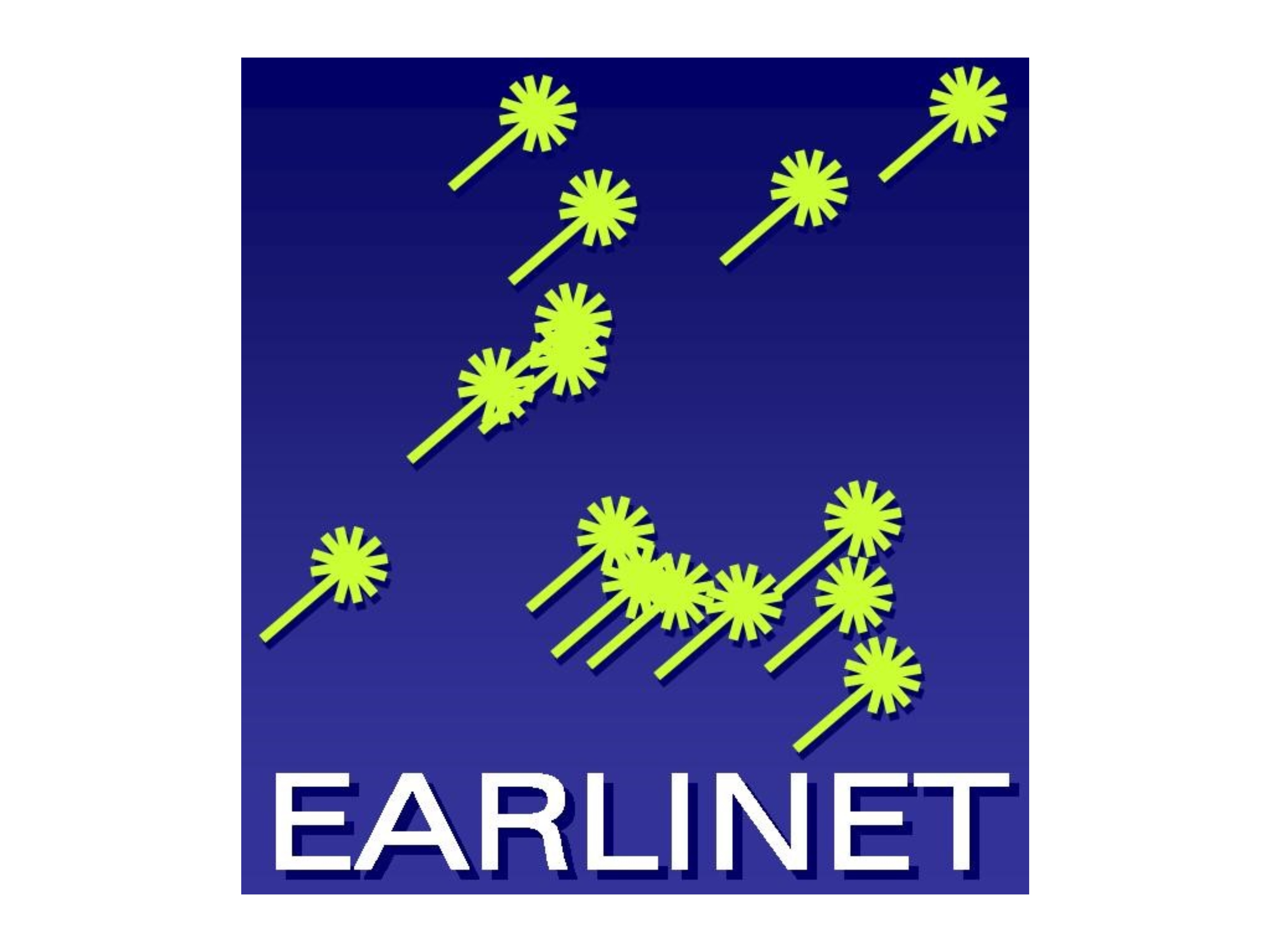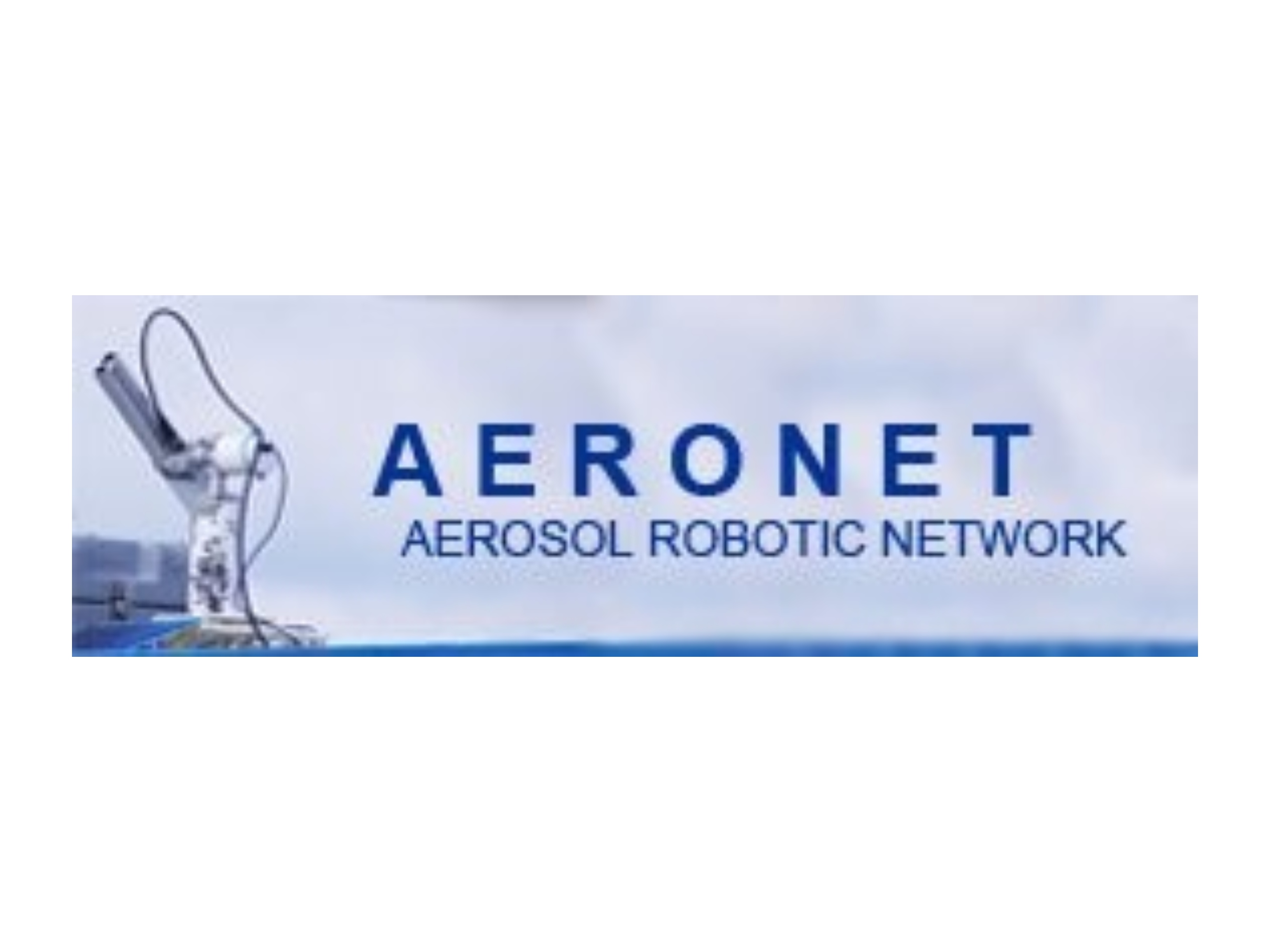
The European Aerosol Research Lidar Network, EARLINET, was established in 2000 as a research project with the goal of creating a quantitative, comprehensive, and statistically significant database for the horizontal, vertical, and temporal distribution of aerosols on a continental scale. Since then EARLINET has continued to provide the most extensive collection of ground-based data for the aerosol vertical distribution over Europe.
EARLINET is a key component of the ACTRIS infrastructure, which represents a big step towards a better coordination of the atmospheric observations in Europe towards the establishment of the European component of an Integrated Atmospheric Global System as part of GEOSS, the Global Earth Observation System of Systems (GEOSS, 2005). EARLINET is also a contributing network to the GAW Programme.

 Motivated by the urgent need for robust multiwavelength-Raman-polarization lidars that are easy to operate and allow aerosol typing, a portable lidar system, called PollyXT, has been developed at the Leibniz Institute for Tropospheric Research (TROPOS) with international partners during the last decade (Althausen et al., 2009; Engelmann et al., 2015). The aim was to develop a sophisticated multiwavelength-Raman-polarization lidar for scientific purpose, but with the advantages of an easy-to-use and well-characterized instrument with same design, same automated operation, and same centralized data processing in line with the CIMEL Sun photometer of AERONET (Holben et al., 2001). These Polly systems have been developed for continuous, stand-alone operation in remote environments and were successfully deployed in the high northern latitudes of Finland (> 30 cm snow and < 20 °C, Hirsikko et al., 2014), in the rain forest of the Amazonian Basin with temperatures of > 30 °C and high relative humidity (Baars et al., 2012), and under permanent mechanical stress from motor vibrations plus rough sea aboard the research vessel Polarstern (Kanitz et al., 2013a).
Motivated by the urgent need for robust multiwavelength-Raman-polarization lidars that are easy to operate and allow aerosol typing, a portable lidar system, called PollyXT, has been developed at the Leibniz Institute for Tropospheric Research (TROPOS) with international partners during the last decade (Althausen et al., 2009; Engelmann et al., 2015). The aim was to develop a sophisticated multiwavelength-Raman-polarization lidar for scientific purpose, but with the advantages of an easy-to-use and well-characterized instrument with same design, same automated operation, and same centralized data processing in line with the CIMEL Sun photometer of AERONET (Holben et al., 2001). These Polly systems have been developed for continuous, stand-alone operation in remote environments and were successfully deployed in the high northern latitudes of Finland (> 30 cm snow and < 20 °C, Hirsikko et al., 2014), in the rain forest of the Amazonian Basin with temperatures of > 30 °C and high relative humidity (Baars et al., 2012), and under permanent mechanical stress from motor vibrations plus rough sea aboard the research vessel Polarstern (Kanitz et al., 2013a). The AERONET (AErosol RObotic NETwork) project is a federation of ground-based remote sensing aerosol networks established by NASA and PHOTONS (PHOtométrie pour le Traitement Opérationnel de Normalisation Satellitaire; Univ. of Lille 1, CNES, and CNRS-INSU) and is greatly expanded by networks (e.g., RIMA, AeroSpan, AEROCAN, and CARSNET) and collaborators from national agencies, institutes, universities, individual scientists, and partners. For more than 25 years, the project has provided long-term, continuous and readily accessible public domain database of aerosol optical, microphysical and radiative properties for aerosol research and characterization, validation of satellite retrievals, and synergism with other databases. The network imposes standardization of instruments, calibration, processing and distribution. AERONET collaboration provides globally distributed observations of spectral aerosol optical depth (AOD), inversion products, and precipitable water in diverse aerosol regimes.
The AERONET (AErosol RObotic NETwork) project is a federation of ground-based remote sensing aerosol networks established by NASA and PHOTONS (PHOtométrie pour le Traitement Opérationnel de Normalisation Satellitaire; Univ. of Lille 1, CNES, and CNRS-INSU) and is greatly expanded by networks (e.g., RIMA, AeroSpan, AEROCAN, and CARSNET) and collaborators from national agencies, institutes, universities, individual scientists, and partners. For more than 25 years, the project has provided long-term, continuous and readily accessible public domain database of aerosol optical, microphysical and radiative properties for aerosol research and characterization, validation of satellite retrievals, and synergism with other databases. The network imposes standardization of instruments, calibration, processing and distribution. AERONET collaboration provides globally distributed observations of spectral aerosol optical depth (AOD), inversion products, and precipitable water in diverse aerosol regimes. The International Network to Encourage the Use of Monitoring and Forecasting Dust Products (inDust) is the
The International Network to Encourage the Use of Monitoring and Forecasting Dust Products (inDust) is the